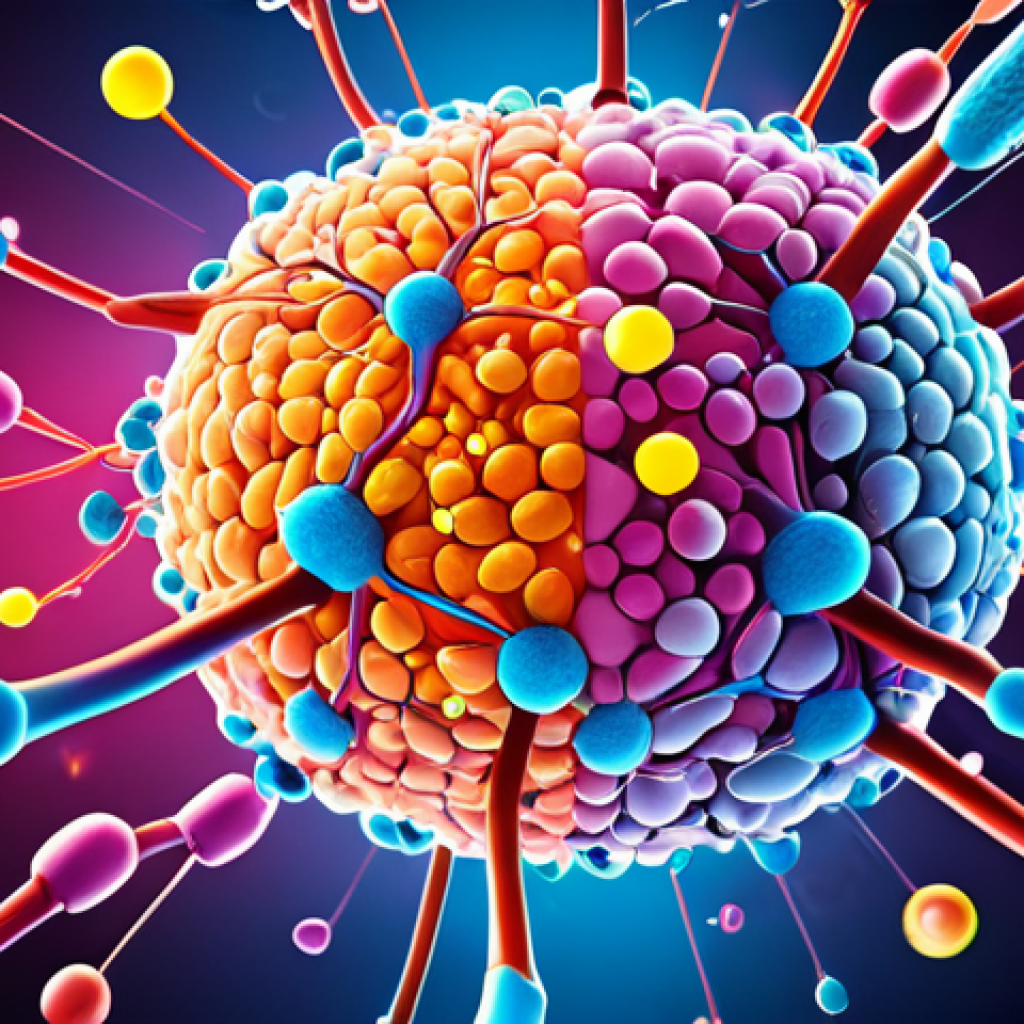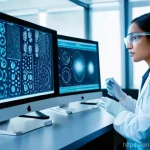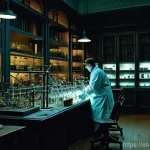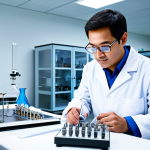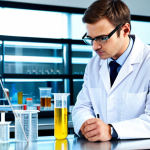Okay, here’s the blog-style introduction on redox reactions you requested:Life is a constant dance of electron exchange, a silent ballet performed by atoms and molecules.
These are oxidation-reduction reactions, or redox reactions for short. Think of a rusty bike, or even the burning of fuel in your car. These are all redox reactions in action!
What’s truly fascinating is how these reactions are the backbone of so many essential processes, from the energy your body uses to the technology that powers your phone.
They are literally everywhere, constantly working around us and within us. Let’s dive into the fascinating world of redox reactions in the article below and clarify what these reactions truly are.
Okay, let’s dive into the core content:
1. Decoding the Dance: Oxidation and Reduction Defined
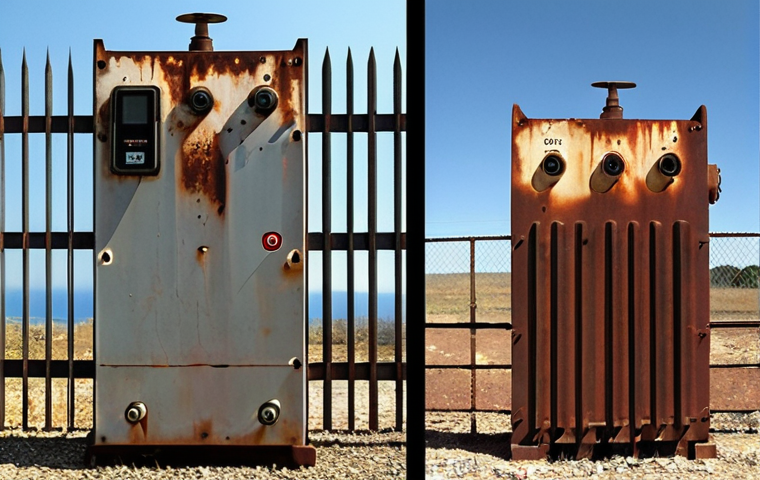
Oxidation and reduction always go hand in hand; you can’t have one without the other. Think of it like a seesaw – one side goes up (oxidation, losing electrons), while the other goes down (reduction, gaining electrons).
Oxidation is the process where a molecule, atom, or ion loses electrons. This isn’t just a theoretical concept; I remember vividly during my undergrad chemistry lab, we were working with iron compounds.
When iron rusted, it was literally losing electrons to oxygen in the air – a classic example of oxidation. The iron atoms were becoming ions with a positive charge because they were giving up those negatively charged electrons.
On the flip side, reduction is when a molecule, atom, or ion gains electrons. Continuing with the rust analogy, oxygen is being reduced. It’s gaining those electrons that the iron is losing.
The oxygen atoms are becoming ions with a negative charge because they’re grabbing those electrons.
1. Electron Transfer: The Heart of Redox
Imagine electrons as tiny messengers, flitting between atoms. This transfer is what defines the redox reaction. Take, for instance, the reaction between sodium (Na) and chlorine (Cl) to form sodium chloride (NaCl), common table salt.
Sodium readily gives up an electron to chlorine. Sodium is oxidized, becoming a positively charged sodium ion (Na+). Chlorine, grabbing that electron, is reduced and becomes a negatively charged chloride ion (Cl-).
These oppositely charged ions attract each other, forming the stable ionic compound, sodium chloride. This electron transfer is essential for creating the bonds that hold matter together.
2. Oxidation States: Keeping Track of Electrons
To keep track of all these electron transfers, we use oxidation states (sometimes called oxidation numbers). These are like accounting tools that assign a charge to each atom, assuming that all bonds are ionic.
It’s a hypothetical charge, but it helps us identify which atoms are losing electrons (oxidation) and which are gaining electrons (reduction). Remembering my organic chemistry days, determining oxidation states was crucial for understanding reaction mechanisms and predicting products.
It can be tricky but incredibly helpful for understanding the reactions.
2. Redox Reactions in Everyday Life: More Than Just Chemistry Labs
Redox reactions aren’t confined to test tubes and lab coats; they’re the unsung heroes of our daily lives. They power our bodies, light up our cities, and even keep our food from spoiling.
Understanding where they occur can change how you view the world.
1. Metabolism: Fueling Our Bodies
Every bite of food you take is ultimately converted into energy through a series of redox reactions. This is metabolism in action! Glucose, a simple sugar, is oxidized in a series of steps to produce carbon dioxide and water.
This process releases energy that our cells can use to power everything from muscle contraction to brain function. Oxygen we breathe plays a critical role as the final electron acceptor in this process.
Without it, our cells wouldn’t be able to efficiently extract energy from the food we eat. Personally, understanding this process made me appreciate the importance of a balanced diet and regular exercise.
2. Batteries: Powering Our Devices
Next time you pick up your phone, thank a redox reaction! Batteries, whether in your car, laptop, or smartphone, rely on these reactions to generate electricity.
Inside a battery, a redox reaction occurs between two different materials, creating a flow of electrons. This flow of electrons is what we use as electricity.
Different battery types utilize different redox reactions, leading to variations in voltage, capacity, and lifespan. Seeing this in action, and how the advancements in batteries are changing our life is mind blowing.
3. Corrosion: The Unwanted Redox Reaction
While some redox reactions are beneficial, others are destructive. Corrosion, like the rusting of iron, is a prime example of an unwanted redox reaction.
Metals react with oxygen and water in the environment, leading to their gradual degradation. This corrosion can weaken structures, damage equipment, and ultimately cost a lot of money in repairs and replacements.
Engineers and scientists are constantly working on ways to prevent or slow down corrosion, such as using protective coatings or designing more corrosion-resistant materials.
3. Oxidizing and Reducing Agents: The Players in the Redox Game
In every redox reaction, there are two key players: the oxidizing agent and the reducing agent. These agents are responsible for facilitating the electron transfer, making the reaction happen.
It’s crucial to identify them to understand the overall process.
1. Oxidizing Agents: Electron Grabbers
An oxidizing agent is a substance that causes oxidation by accepting electrons. In other words, it gets reduced itself while oxidizing another substance.
Common oxidizing agents include oxygen, chlorine, and potassium permanganate (KMnO4). Oxygen, as we’ve seen, is a powerful oxidizing agent in many reactions, including combustion and corrosion.
2. Reducing Agents: Electron Donors
A reducing agent is a substance that causes reduction by donating electrons. It gets oxidized itself while reducing another substance. Common reducing agents include hydrogen, carbon monoxide, and metals like sodium and zinc.
These substances readily give up electrons to other substances, causing them to be reduced. For example, carbon monoxide is used in the steel industry to reduce iron oxide to iron metal.
4. Balancing Redox Reactions: A Matter of Conservation
Balancing redox reactions is a crucial skill in chemistry. It ensures that the number of atoms and the charge are the same on both sides of the equation, following the law of conservation of mass and charge.
I remember struggling with this concept initially, but with practice, it becomes second nature.
1. Half-Reaction Method: Breaking It Down
One of the most common methods for balancing redox reactions is the half-reaction method. This involves breaking the overall reaction into two half-reactions: an oxidation half-reaction and a reduction half-reaction.
Each half-reaction is balanced separately for atoms and charge, and then the two half-reactions are combined to give the balanced overall reaction.
2. Oxidation Number Method: Tracking the Changes
The oxidation number method is another approach to balancing redox reactions. This involves assigning oxidation numbers to each atom in the reaction and then using the changes in oxidation numbers to determine the stoichiometric coefficients.
This method can be particularly useful for complex reactions.
5. Redox Reactions in Industry: Powering the Modern World
Redox reactions are essential in many industrial processes, playing a vital role in the production of everything from metals to plastics to pharmaceuticals.
These reactions allow us to create materials and products that are essential to modern life.
1. Extraction of Metals: From Ore to Metal
Many metals are extracted from their ores using redox reactions. For example, iron is extracted from iron oxide ore by reducing it with carbon monoxide in a blast furnace.
Copper is extracted from copper sulfide ore by a series of oxidation and reduction reactions. These processes are crucial for obtaining the metals we use in construction, transportation, and electronics.
2. Production of Chemicals: Building Blocks of Our World
Redox reactions are also used to produce a wide range of chemicals, including fertilizers, plastics, and pharmaceuticals. For example, ammonia, a key ingredient in fertilizers, is produced by the Haber-Bosch process, which involves the reduction of nitrogen with hydrogen.
The production of many polymers also relies on redox reactions to link monomers together.
6. The Role of Enzymes in Biological Redox Reactions
Enzymes, biological catalysts, play a vital role in facilitating redox reactions in living organisms. These enzymes speed up reactions that would otherwise occur too slowly to sustain life.
They also provide a high degree of specificity, ensuring that the right reactions occur at the right time and place.
1. Catalysis: Speeding Up Reactions
Enzymes lower the activation energy of redox reactions, allowing them to occur much faster than they would without a catalyst. This is essential for metabolism, photosynthesis, and other vital biological processes.
Without enzymes, these reactions would be too slow to support life.
2. Specificity: Ensuring the Right Reactions
Enzymes are highly specific, meaning that they only catalyze certain reactions. This specificity is due to the unique shape of the enzyme’s active site, which only binds to certain substrates.
This ensures that the right reactions occur at the right time and place, preventing unwanted side reactions. Here is a table summarizing some key aspects of redox reactions:
| Aspect | Description | Example |
|---|---|---|
| Oxidation | Loss of electrons | Fe → Fe2+ + 2e– |
| Reduction | Gain of electrons | O2 + 4e– → 2O2- |
| Oxidizing Agent | Substance that causes oxidation | Oxygen (O2) |
| Reducing Agent | Substance that causes reduction | Sodium (Na) |
| Balancing Method | Technique to ensure atom and charge conservation | Half-Reaction Method |
Hopefully, this article helped to demystify this topic! Decoding redox reactions might seem daunting at first, but I hope this deep dive has shed some light on their fundamental role in chemistry and our daily lives.
From the energy that fuels our bodies to the technologies that power our world, redox reactions are constantly at work. Keep exploring, keep questioning, and you’ll find chemistry is more fascinating than you ever imagined!
In Conclusion
Hopefully, this article helped to demystify this topic! By breaking down the key concepts and illustrating them with real-world examples, I aimed to make redox reactions more accessible and relatable. Now, when you see rust on a car or use a battery, you’ll have a better appreciation for the underlying chemistry at play.
Useful Information
Here are a few extra nuggets of information about redox reactions that you might find interesting:
1. Antioxidants like Vitamin C and Vitamin E are reducing agents that protect our bodies from oxidative damage caused by free radicals. They donate electrons to neutralize these harmful molecules, preventing them from damaging cells.
2. The Statue of Liberty’s green color is due to a redox reaction. The copper used in the statue’s construction reacted with oxygen in the air, forming a layer of copper oxide, which then further reacted to form copper carbonate and copper sulfate, giving it that distinctive green hue.
3. Bleach works by oxidizing stains, breaking down the colored molecules into colorless ones. That’s why it’s so effective at removing tough stains from clothes and surfaces.
4. In photography, redox reactions are used to develop images. Silver halides in the film are reduced to metallic silver, creating the dark areas of the image.
5. Electroplating is a process that uses redox reactions to coat one metal with another. This is often done to improve the appearance, durability, or corrosion resistance of the base metal. Think of chrome plating on car parts.
Key Takeaways
In the end, redox reactions are all about the transfer of electrons, and they occur all around us. Understanding the principles of oxidation and reduction, identifying oxidizing and reducing agents, and knowing how to balance redox reactions are essential skills in chemistry and related fields. So, keep practicing and exploring, and you’ll become a redox reaction pro in no time!
Frequently Asked Questions (FAQ) 📖
Q: So, what exactly are redox reactions? I’ve heard the term, but never really understood it.
A: Okay, let’s break it down! Redox reactions are all about the transfer of electrons. Oxidation is when a substance loses electrons, and reduction is when a substance gains electrons.
Think of it like a seesaw: one thing gives electrons away (oxidation), and another thing grabs them (reduction). The tricky part is that these two things always happen together.
You can’t have oxidation without reduction and vice versa. I remember back in my high school chem class, my teacher used the mnemonic OIL RIG (Oxidation Is Loss, Reduction Is Gain) to help us remember.
It stuck with me! It might help you too.
Q: I get the electron transfer part, but what are some real-world examples of redox reactions that I might encounter every day?
A: Oh man, redox reactions are everywhere! Honestly, you’re experiencing them constantly. Think about your car.
When you burn gasoline in the engine, that’s a redox reaction. The fuel (hydrocarbons) is oxidized (loses electrons), and oxygen is reduced (gains electrons).
That electron transfer releases energy, which powers your car. Another everyday example? A simple battery.
The chemical reactions inside a battery that generate electricity are all based on redox principles. And, of course, the classic example is rusting. Iron reacts with oxygen in the air and slowly oxidizes, forming iron oxide (rust).
I once left my bike out in the rain for too long, and it got completely covered in rust! That’s a clear sign of redox in action. Even the way your body gets energy from the food you eat involves a whole series of complex redox reactions, breaking down sugars and fats to release energy.
Q: Are redox reactions just something that happens in a lab, or are they actually useful for anything beyond just causing rust?
A: Absolutely! They are incredibly useful. Beyond just being the foundation for energy production and corrosion (which, okay, can be a problem!), redox reactions are crucial in so many industries.
For example, many industrial processes use redox reactions to produce metals from their ores. Things like purifying copper or extracting aluminum depend on carefully controlled oxidation and reduction.
They’re also used extensively in water treatment. For instance, chlorine is often used to disinfect water and kill bacteria through a redox reaction. I even heard about a new technology using redox reactions to clean up contaminated soil.
Scientists are always finding new and innovative ways to harness the power of electron transfer. So, no, they’re definitely not just a lab phenomenon; they’re a fundamental part of how the world works and how we improve it.
📚 References
Wikipedia Encyclopedia
구글 검색 결과
구글 검색 결과
구글 검색 결과
구글 검색 결과
구글 검색 결과
